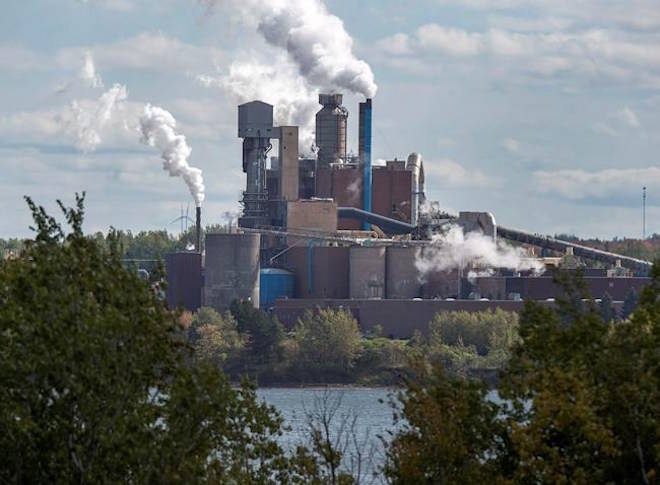An Environment Canada analysis says the federal government’s carbon pricing plan could eliminate up to 90 million tonnes of carbon dioxide by 2022.
That’s roughly equivalent to taking more than 20 million cars off the road, and accounts for about 12 per cent of the total amount of what Canada emitted in 2016.
The report marks the first time Ottawa has provided a specific estimate of the impact of its $50-per-tonne carbon price, despite months of demands from the Conservatives that it show what the measure would do to lower emissions.
Related: Canada’s greenhouse gas targets few and far away
Using models of what carbon pricing does to human behaviour and economic growth, the analysis also projects economic growth of about two per cent a year, with or without carbon pricing.
All provinces but Saskatchewan are signatories to the Pan Canadian Framework on Clean Growth and Climate Change, which requires them to have a minimum $20-per-tonne price on carbon by the start of next year, increasing to $50 by 2022.
Canada also plans regulations to limit methane in the fossil fuel industry, make buildings and homes more efficient, introduce cleaner fuels and electric cars and phasing out coal as a source of electricity.
Even with all of the measures announced so far, Canada will still be about 90 million tonnes shy of its commitment under the Paris agreement.
Related: Climate adaptation needed, B.C. auditor general says
The Canadian Press



